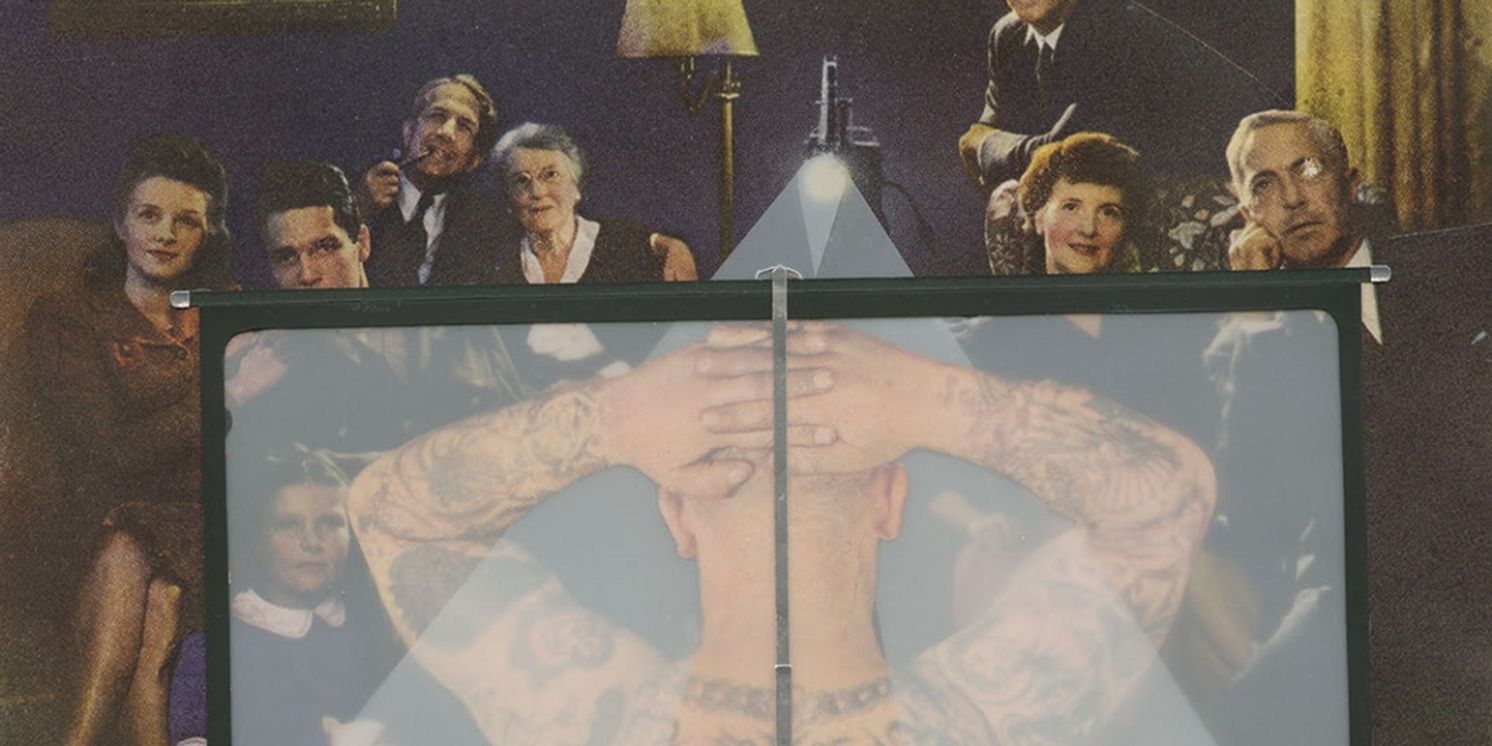CLAMP To Present SHARP CUTS: QUEER COLLAGE Group Exhibition
The exhibition features a diverse selection of artists whose practices are unified by their innovative use of collage as a medium for queer articulation.

CLAMP will present "Sharp Cuts: Queer Collage," a group exhibition including work by sixteen artists. Encompassing a range of methodologies—from traditional scissors-and-glue assemblages to digital manipulations and intricate three-dimensional constructs—the exhibition demonstrates the varied and expansive potentials of collage as a form of queer expression.
Collage synthesizes disparate elements to forge cohesive, albeit multifarious, narratives. This process mirrors the lived experiences of queer individuals who navigate, reconstruct, and recontextualize their identities within societal and political paradigms. The exhibition foregrounds this metamorphic journey, showcasing how materials can be appropriated and transformed to articulate new meanings, challenge commonly swallowed cultural mores, and foster inclusive discourses.
David Wojnarowicz's assertion, “I make collages of various things from the world and then I find out what I'm about from the collage,” encapsulates the thesis of the show. Here, each artwork is not merely a visual assemblage but an introspective and critical dialogue with its constituent fragments. The act of collaging becomes a practice of self-exploration and socio-political critique, where the juxtaposition of images, texts, and objects engenders a space for subversion and reclamation.
The reclamation of the term "queer" parallels the ethos of collage—both have transcended their pejorative origins to become symbols of empowerment, resistance, and inclusivity. This repossession is inherently subversive, challenging normative frameworks. Through their artworks, the artists in “Sharp Cuts” interrogate the status quo, dismantle binary constructs, and propose an alternative queer utopia.
The exhibition features a diverse selection of artists whose practices are unified by their innovative use of collage as a medium for queer articulation. Florencia Alvarado's intricate compositions of hands evoke the powerfulness of vulnerability and the urge to connect through touch and human relationships. Anthony Goicolea's evocative works explore the fluidity of self and identity through coded body language, gesture, and performance, while Ken Graves also employs the human body— in its mortal weakness and its athletic strength—as a metaphor critiquing American culture and its masculine constructs and standardized notions of the performance of gender.
Justine Kurland's seemingly violent and visceral act of cutting up photobooks of straight, white, male artists who have traditionally monopolized the photographic canon, is ultimately restorative and empowering in its feminist reappraisal and reinvention. And Kelli Connell/Natalie Krick similarly question the history of photography through a reimagining of Edward Steichen's iconic exhibition “The Family of Man,” thus critiquing what narratives are told, by whom and for whom.
Aaron Krach's playfully pointed celebration and critique of Modernism and gay male sexuality and objectification ultimately addresses the tragedy of loss. John O'Reilly's meticulous collages traverse the realms of fantasy and reality to explore themes of desire and transgression. Antonio Pulgarín's art critically engages with sociopolitical themes, using the medium of collage to deconstruct and recontextualize narratives of power and resistance. Lovie Olivia's dynamic works foreground the resilience and creativity of queer communities, drawing from a rich tapestry of cultural references to create vibrant artworks meant to empower.
Jonah Samson and John Cassidy Smith offer visually arresting works that interrogate the intersections of identity, visibility, and representation. Their pieces challenge the viewer to reconsider the boundaries of the self and the other, proposing new modalities of queer visibility. Boris Torres's and Charles Wilkin's compositions evoke the fluidity and multiplicity of queer identities, using layered imagery to explore themes of sexuality and transformation.
Guanyu Xu creates temporary immersive installations in his parents' home in Beijing in order to queer the normativity of heterosexual space challenging conservative taboos of his childhood. Michael Young similarly addresses his formative years by reappropriating vintage gay pornographic calendars published between the time the artist began to recognize his own sexuality and when he came out of the closet. Both artists explore shame, fear, and eventual acceptance in relation to one's sexual identity.
"Sharp Cuts: Queer Collage" invites viewers to engage with the transformative potential of collage. Through their diverse and powerful works, the artists in the show illuminate the radical possibilities of collage and help conceptualize a societal renewal which welcomes queer people.
For more information see www.clampart.com.
Videos

